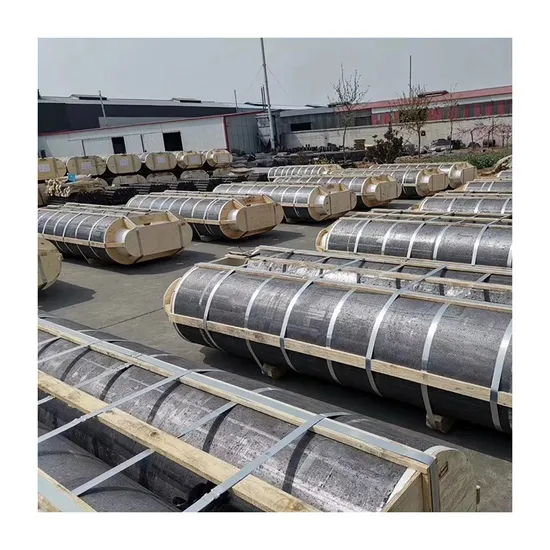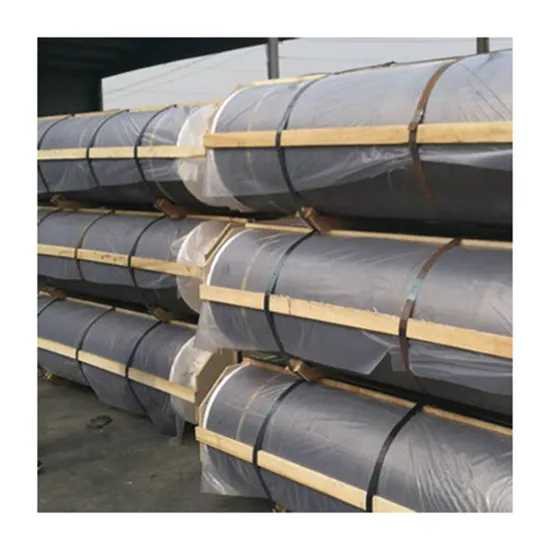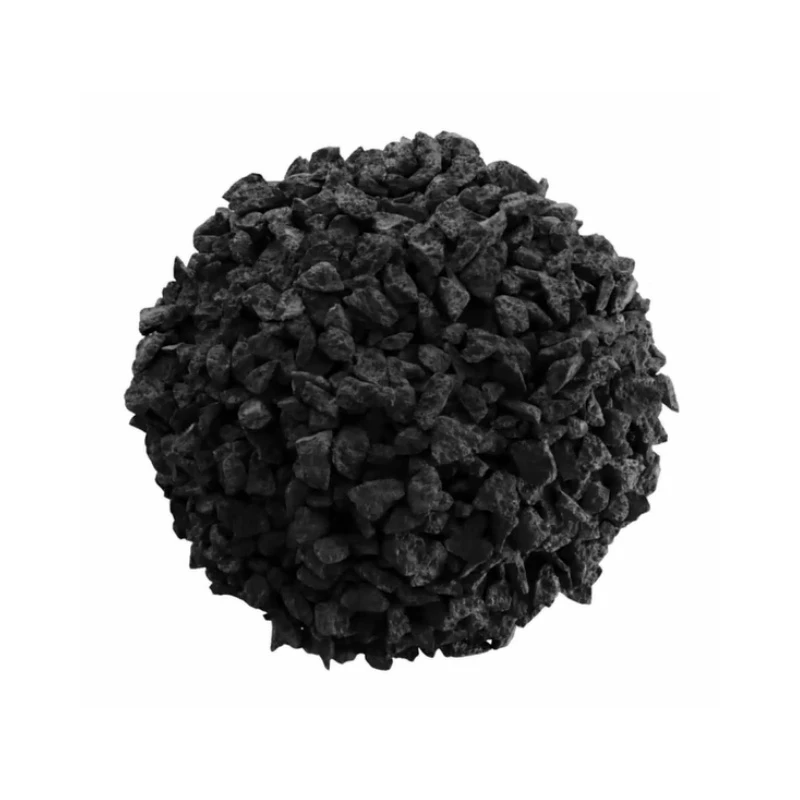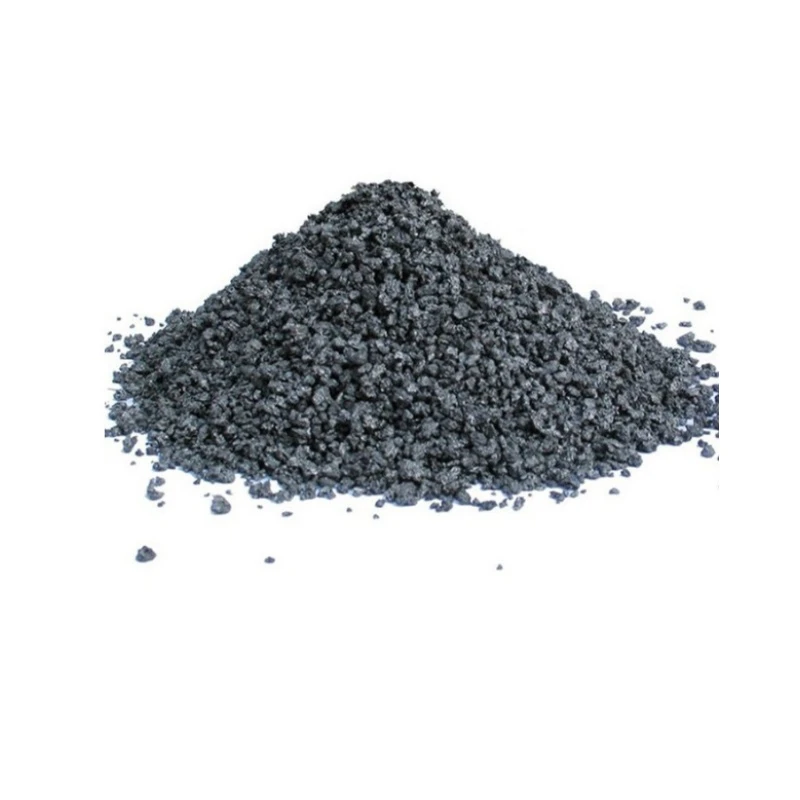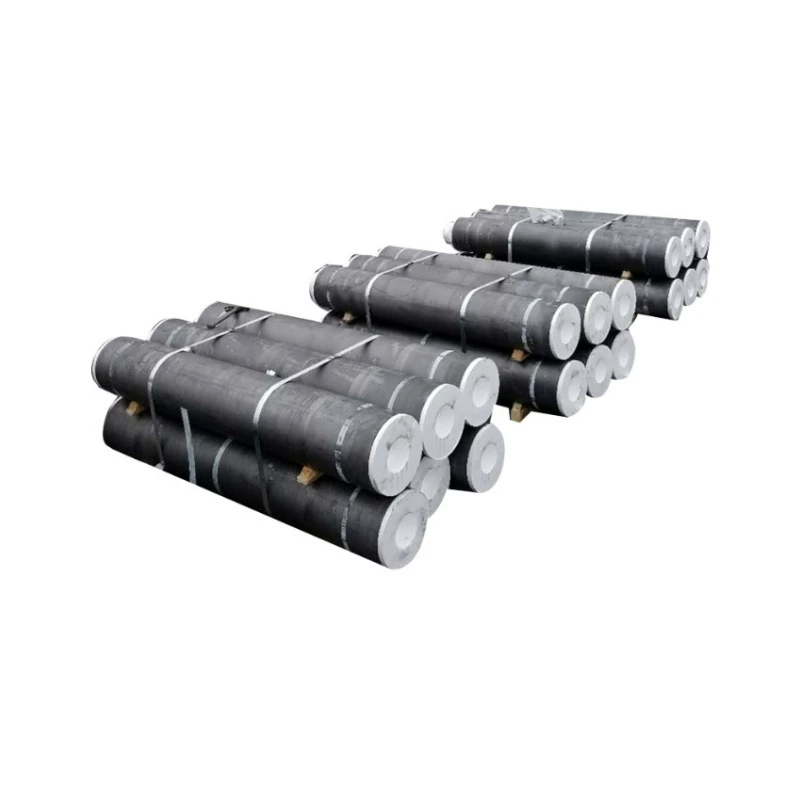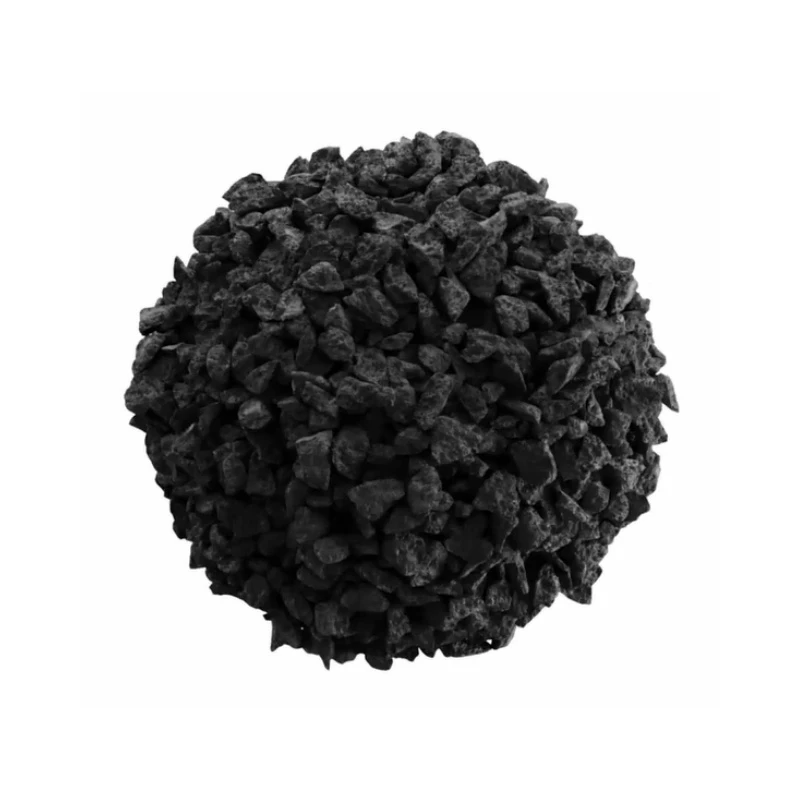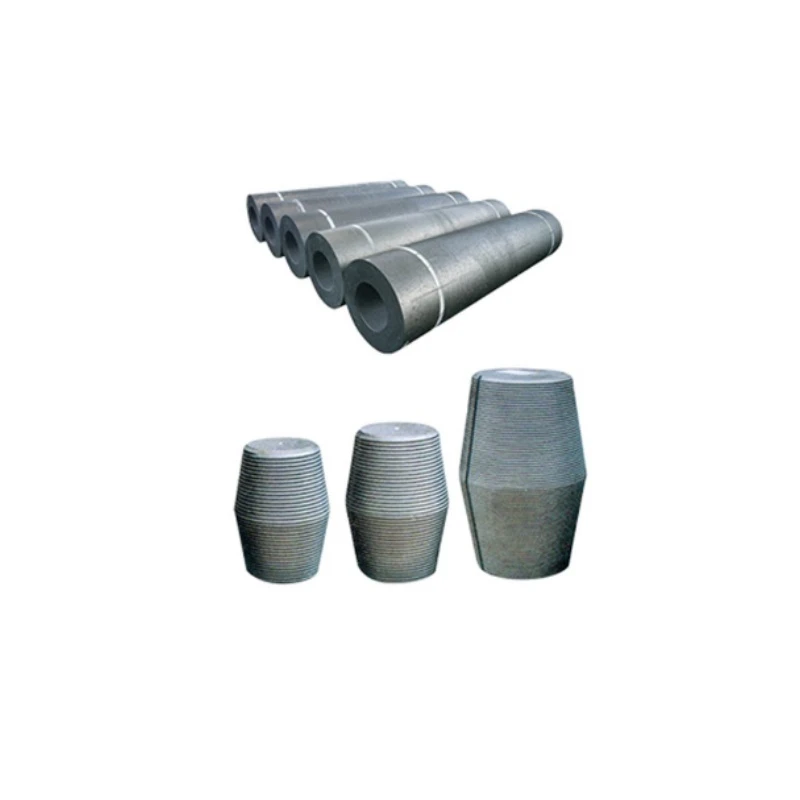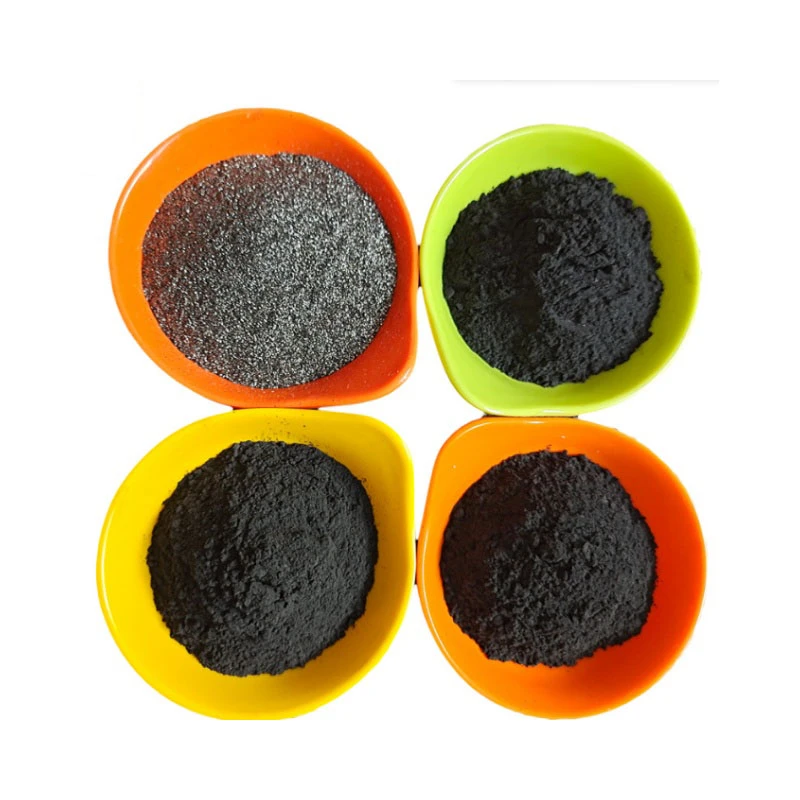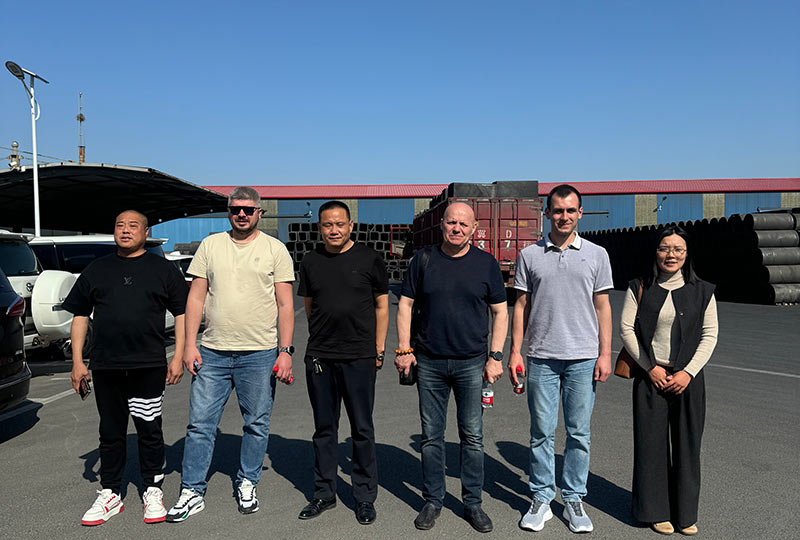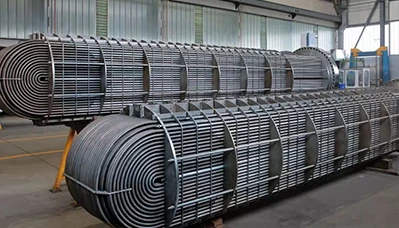- Englist


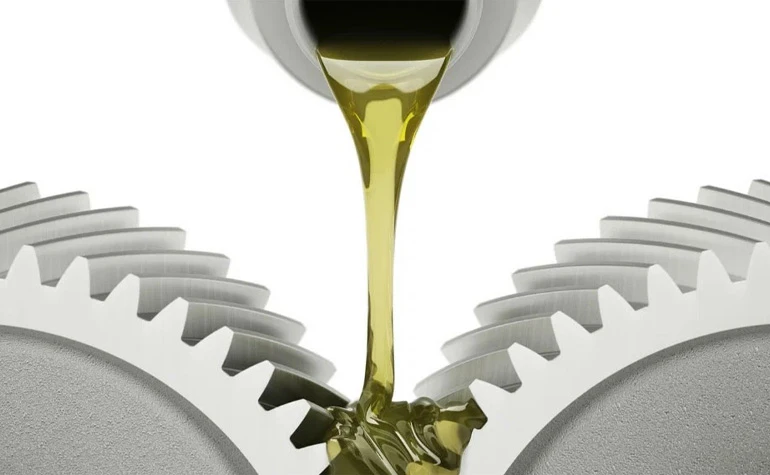
- Global Factors Driving CPC Price Volatility
- Technical Advantages of Modern Calcination Processes
- Regional Producer Cost Structures Compared
- Custom CPC Solutions for Steel & Aluminum
- Graphite Electrode Price Correlation Analysis
- Industry Case Study: EAF Steel Production
- Electrode Market Forecast & Supply Chain Strategy

(calcined petroleum coke price trend)
Global Factors Driving CPC Price Volatility
Market fundamentals significantly influence the calcined petroleum coke price trend
. Quarterly pricing data reveals 18-34% fluctuations since 2021, driven by crude oil dynamics. OPEC supply decisions caused CPC spot prices to vary from $480 to $780 per metric ton in Asian markets. Environmental regulations further intensified this volatility - China's emission standards reduced domestic CPC output by 22% during 2022, shifting demand toward North American suppliers. Shipping costs simultaneously surged 300% at peak container shortages, compressing importer margins. Current supply chain restructuring indicates possible regional price divergence, especially between Atlantic and Pacific basins.
Technical Advantages of Modern Calcination Processes
Rotary kiln innovations deliver measurable quality improvements affecting pet coke value. Advanced calcination at 1350°C consistently achieves 99.2% carbon content with real-time sulphur removal. Leading producers now achieve 97% crystalline development, enhancing electrical conductivity critical for electrodes. These developments correlate with 8-12% premium pricing compared to conventional units. Energy recovery systems in rotary hearth designs cut energy consumption to 4.3 GJ/tonne, reducing operational costs by $18 per ton. Dust suppression technology further minimizes product loss below 1.8%, maximizing yield from raw green petroleum coke.
Regional Producer Cost Structures Compared
| Region | Avg. Production Cost ($/MT) | Sulphur Content (%) | Moisture Handling | Export Premium |
|---|---|---|---|---|
| Gulf Coast USA | 315-385 | 1.8-2.5 | Advanced | +11% |
| Eastern China | 290-360 | 3.0-4.0 | Moderate | - |
| Middle East | 275-330 | 2.5-3.2 | Basic | +5% |
| Western Europe | 375-435 | 1.5-2.0 | Advanced | +15% |
Custom CPC Solutions for Steel & Aluminum
Primary aluminum smelters require CPC with maximum 0.15% vanadium content to prevent anode cracking. Dedicated calcining facilities achieve this through feedstock segregation and controlled combustion curves. Meanwhile, electrode manufacturers specify tailored real density between 2.06-2.10 g/cm³. Specialized facilities now employ particle size distribution control, blending pre-baked fractions to meet exact size specifications. Bulk density engineering further optimizes furnace performance - German steelmakers report 14% energy reduction using density-tuned CPC. These customizations typically carry 8-22% price premiums but deliver downstream operational savings exceeding 30%.
Graphite Electrode Price Correlation Analysis
The price trend of graphite electrodes maintains a 0.87 correlation coefficient with CPC pricing. Analysis since 2018 shows CPC constitutes 41-53% of electrode production costs. During the 2021 CPC shortage, electrode prices increased $1,200/tonne against a $280 CPC price increase. Nickel volatility adds complexity - electrode demand surged 17% during the 2022 nickel crisis as stainless steel producers shifted to EAF processes. Current indicator metrics suggest electrode stocks will tighten through 2024 as CPC supplies remain constrained. Producers maintaining dedicated CPC supply chains buffer against these fluctuations.
Industry Case Study: EAF Steel Production
A North American steelmaker documented outcomes after shifting CPC suppliers during recent volatility. Installation of bulk storage silos enabled 15,000-ton strategic reserves, mitigating spot shortages. Partnering with dual suppliers reduced price exposure - when Gulf Coast CPC increased to $645/ton, Colombian imports capped costs at $590. Modified electrode formulation incorporating 30% CPC blends maintained furnace temperatures while trimming material costs 13%. Over eighteen months, these measures delivered $8.2 million savings despite sustained market turbulence, proving proactive sourcing strategies outperform reactive purchasing.
Electrode Market Forecast & Supply Chain Strategy
Multiple indicators suggest sustained pressure on the price trend of graphite electrodes through 2025. Planned global EAF capacity expansion will increase CPC consumption by 3.2 million tonnes annually. Critical sourcing adjustments include building direct partnerships with calcination facilities - manufacturers securing dedicated CPC lines report 19% better contract stability. The emerging preference is three-year pricing agreements with quarterly volume adjustments. Secondary material innovation shows promise; pilot projects achieving 15% CPC substitution with bio-carbon could reshape future cost structures. Strategic inventory positioning near shipping hubs increasingly distinguishes resilient procurement programs during transit disruptions.
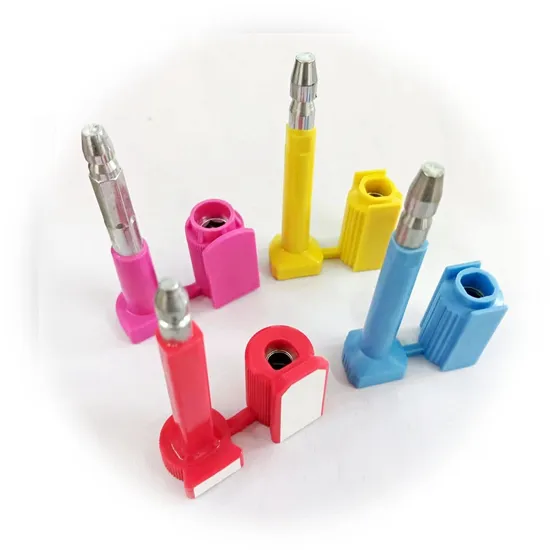
(calcined petroleum coke price trend)
FAQS on calcined petroleum coke price trend
以下是根据要求创建的5组英文FAQs(围绕核心关键词及其相关词),使用HTML富文本形式返回:Q: What factors influence the calcined petroleum coke price trend?
A: Key drivers include crude oil costs, aluminum/steel industry demand, and supply disruptions. Environmental regulations and calcination capacity also impact prices. Transportation and import-export duties further influence market fluctuations.
Q: How does pet coke price trend affect graphite electrode manufacturers?
A: Rising pet coke prices increase graphite electrode production costs since it's a key raw material. This squeezes manufacturer profit margins unless selling prices adjust. Sustained high trends may force manufacturers to seek alternative feedstocks.
Q: Why has the price trend of graphite electrode been volatile recently?
A: Volatility stems from fluctuating demand from EAF steelmakers and calcined petroleum coke price instability. Trade policies affecting Chinese exports add uncertainty. Production cuts during economic slowdowns create additional supply-demand imbalances.
Q: What is the forecast for calcined petroleum coke prices this quarter?
A: Analysts project moderate price increases due to tightening supply and seasonal demand from aluminum smelters. However, potential economic slowdowns may limit upside momentum. Regional price variations are expected with China/India showing stronger growth.
Q: How do pet coke price trends correlate with crude oil markets?
A: Prices move directionally with crude oil since petroleum coke is a refining byproduct. A 3-6 month lag typically exists between crude price shifts and CPC market adjustments. Stronger correlation occurs in regions with integrated refinery-calcination operations.





 Pervious
Pervious
 Next
Next
